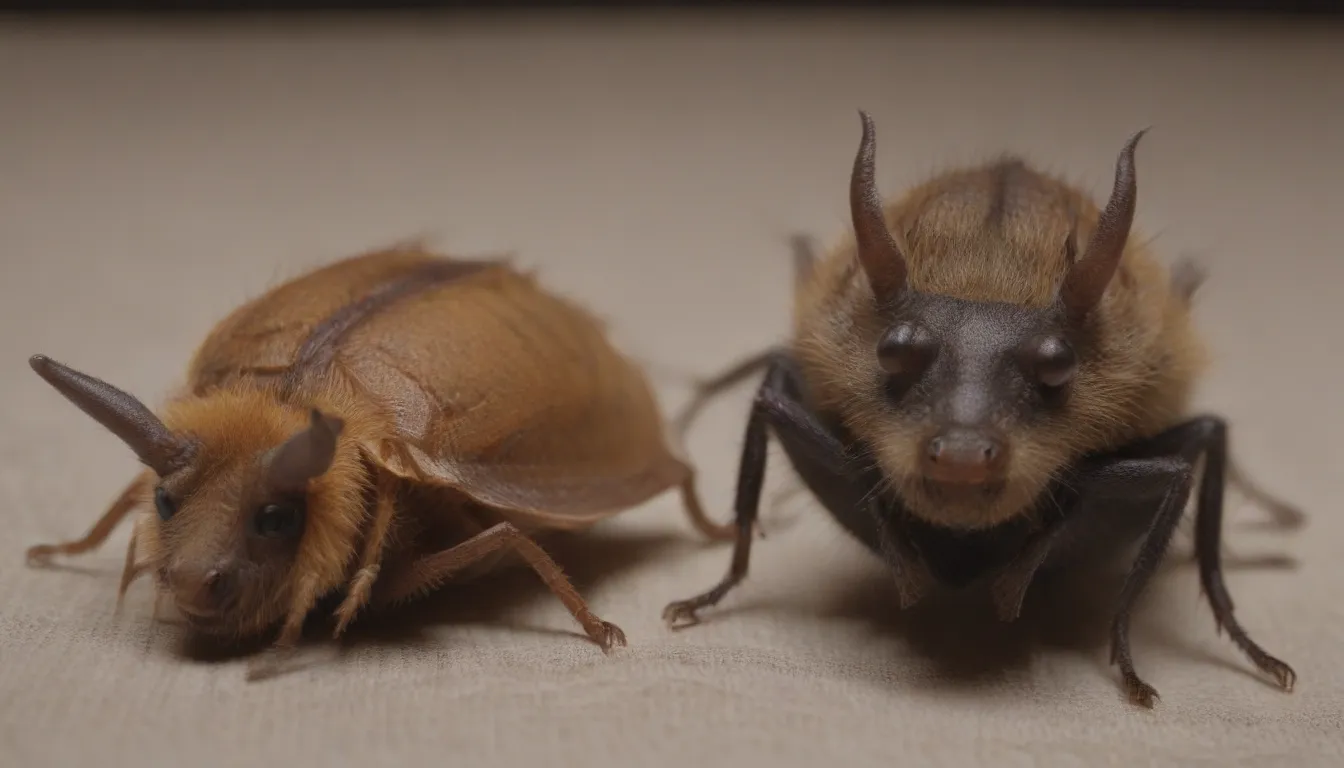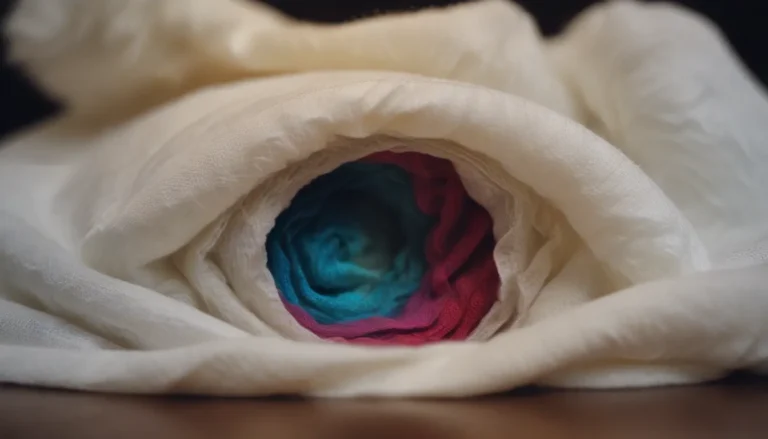Bat Bugs vs. Bed Bugs: A Detailed Comparison

If you’re dealing with an infestation of bugs in your home, it’s essential to know exactly what you’re up against. When it comes to bat bugs and bed bugs, identifying the difference between the two can be a challenge. These tiny, blood-sucking pests are so similar in appearance that distinguishing between them requires a keen eye and some magnification. Let’s dive deep into the world of bat bugs vs. bed bugs, explore their characteristics, behaviors, and how to effectively get rid of them.
Bat Bugs vs. Bed Bugs: What Do They Look Like?
Bat bugs (Cimex adjunctus) and bed bugs (Cimex lectularius) are both part of the Cimicidae family, and they share a striking resemblance. These parasitic insects are small, about the size and shape of an apple or flax seed, and are known for feeding on the blood of warm-blooded animals. Although they have different preferred hosts, both bat bugs and bed bugs can survive for extended periods without feeding.
If you were to examine a bat bug and a bed bug under a magnification lens, you might notice that the hairs on the bat bug are slightly longer than those on the bed bug. However, without the aid of magnification, these pests look virtually identical, making proper identification crucial for effective treatment.
Key Characteristics:
- Small, six-legged parasitic insects
- Similar in shape, color, and size
- Feed on warm-blooded animals
- Resilient pests that can survive without feeding for long periods
Signs of a Bat Bug Infestation
Bat bugs are aptly named for their preferred host: bats. If you’re dealing with bat bugs, you may notice them on the ceilings and walls of your top-story bedrooms, especially if there is an attic nearby where bats roost. When bats disappear, either naturally or due to exclusion efforts, bat bugs may seek alternative blood sources like humans or pets, although they cannot reproduce without access to bats.
These pests are known to wander into living spaces from attics, wall voids, and chimneys once their bat hosts are no longer available. Recognizing the signs of a bat bug infestation early is essential for prompt treatment and prevention.
Signs of a Bed Bug Infestation
On the other hand, bed bugs have a well-known preference for human blood and tend to stay close to their food source – you! When inspecting for bed bugs, focus your attention on areas near your sleeping area, such as the bed frame, mattress, and furniture. Look for dark brown speckles (indicative of blood and droppings), live insects, and shed skins.
Common Signs:
- Dark brown speckling on bedding and furniture
- Live insects visible to the naked eye
- Shed insect skins
Tip: Launder your bedding on the highest heat setting to eliminate bed bugs effectively.
How to Get Rid of a Bat Bug Infestation
If you suspect bat bugs in your home, chances are there is a bat issue nearby that needs to be addressed. Unlike bed bugs, bat bugs are considered a source pest, meaning their presence is directly related to the presence of their preferred host. To effectively eliminate bat bugs, follow these steps:
- Exclude Bats: Seal all entry points where bats can access your home, such as holes or gaps in the structure.
- Use a Vacuum: Reduce the bat bug population by vacuuming them off walls and ceilings.
- Warning: Avoid sealing bat entry points during the day to prevent trapping bats inside your home.
Pro Tip: Cover bat entry points with a black garbage bag at night when bats are out foraging to prevent them from re-entering.
How to Get Rid of a Bed Bug Infestation
Bed bugs are a significant nuisance and can quickly multiply if left untreated. Professional assistance is often necessary to eradicate these pests effectively. The following steps may be involved in bed bug control:
- Inspection: Thoroughly inspect the home for signs of bed bugs, including live insects and fecal matter.
- Professional Treatment: Seek professional assistance for safe and effective eradication.
- Prevention: Educate household members on bed bug identification and prevention practices.
Warning: Avoid bringing used furniture or items of unknown origin into your home to prevent bed bug infestations.
What Causes Bat Bugs?
As mentioned earlier, bat bugs are directly associated with bats and cannot reproduce without them. If bats are roosting under your eaves, in your attic, or in other areas of your home, bat bugs may migrate indoors in search of a blood meal.
What Causes Bed Bugs?
Bed bugs have a knack for hitchhiking and can be unwittingly transported into your home through various means. Used furniture, clothing, and even public spaces like schools and hotels can harbor bed bugs, leading to infestations in residential settings.
Tip: Regularly inspect second-hand items for signs of bed bugs before bringing them into your home.
Bat Bugs vs. Bed Bugs: Prevention Tips
Prevention is always the best defense against pest infestations. Consider the following tips to keep bat bugs and bed bugs at bay:
- Seal Entry Points: Prevent bats from roosting near your home by sealing entry points.
- Educate Household Members: Teach family members about bed bug identification and prevention.
- Inspect Second-Hand Items: Check used furniture and clothing for signs of bed bugs before bringing them indoors.
By being proactive and vigilant, you can protect your home from unwanted pests and enjoy peace of mind knowing you’re taking the necessary steps to prevent infestations.
In conclusion, while bat bugs and bed bugs may share a striking resemblance, their behaviors, preferred hosts, and treatment approaches differ significantly. By understanding the nuances of these pests and implementing effective prevention strategies, you can safeguard your home and loved ones from the turmoil of a bug infestation. Remember, early detection and professional assistance are key to addressing pest issues promptly and efficiently.





